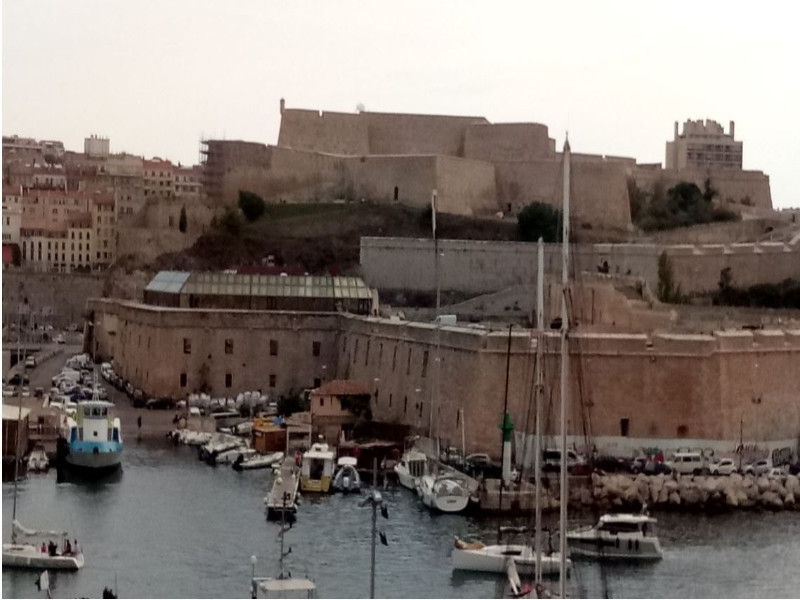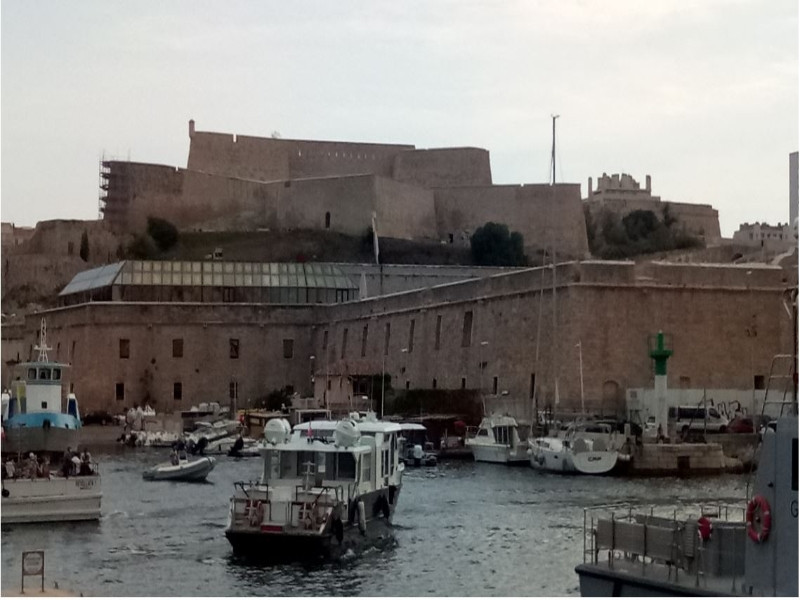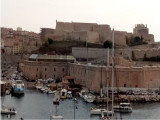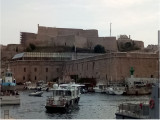Fort Saint Nicolas and Fort d'Entrecasteaux
Historic site and monumentPresentation
The fort consists of Fort d'Entrecasteaux above and Fort Ganteaume below. Strategically located at the entrance to the Vieux Port, this fort was built under Louis XIV, who wanted to keep Marseille at bay in case of rebellion.
The fort occupies a limestone spur between the port, Saint-Victor abbey and the Pharo. For a time, the construction enclosed the Saint-Nicolas chapel built in the Middle Ages, which was later destroyed.
Built in 1660 by the Chevalier de Clerville, the double-enclosure system of ditches and bastions illustrates the need to adapt to the offensive capabilities of fire artillery. In addition to its defensive role, this work indirectly bears witness to the evolution of the art of warfare and weaponry.
It is made up of two tiered complexes, the lower of which (Fort de Ganteaume), used as a farmyard overlooking the port, has been isolated since 1862 by the construction of the boulevard (now known as Charles Livon) during the construction of the Imperial Residence (le Pharo). This part belongs to the army.
The high fort (Entrecasteaux) consists of two interlocking enclosures whose quadrangular plan clings to the escarpment. The quality of the masonry, in large sections of pink La Couronne limestone, and the way it is laid (bossed quoins and string courses creating arabesques of counter-curves on the slopes) combine to create an impression of serene power. The upper part of the fort, which has been under restoration for several years, is now open to visitors and managed by the Citadelle de Marseille.
The fort was classified as a historical monument in 1969.
Built in 1660 by the Chevalier de Clerville, the double-enclosure system of ditches and bastions illustrates the need to adapt to the offensive capabilities of fire artillery. In addition to its defensive role, this work indirectly bears witness to the evolution of the art of warfare and weaponry.
It is made up of two tiered complexes, the lower of which (Fort de Ganteaume), used as a farmyard overlooking the port, has been isolated since 1862 by the construction of the boulevard (now known as Charles Livon) during the construction of the Imperial Residence (le Pharo). This part belongs to the army.
The high fort (Entrecasteaux) consists of two interlocking enclosures whose quadrangular plan clings to the escarpment. The quality of the masonry, in large sections of pink La Couronne limestone, and the way it is laid (bossed quoins and string courses creating arabesques of counter-curves on the slopes) combine to create an impression of serene power. The upper part of the fort, which has been under restoration for several years, is now open to visitors and managed by the Citadelle de Marseille.
The fort was classified as a historical monument in 1969.
Opening period (s)All year round, every Wednesday, Thursday, Friday, Saturday and Sunday.
General information
- Price :
- Free
- Style :
- Classical
- Park :
- Calanques National Park
Contact
Fort Saint Nicolas and Fort d'Entrecasteaux
2 Boulevard Charles Livon
13001
Marseille
Phone : +33 4 91 59 23 56
Tarifs
Free of charge.

Destination
Fort Saint Nicolas et fort d'Entrecasteaux
2 Boulevard Charles Livon
13001
Marseille
GPS coordinates
Latitude : 43.292242
Longitude : 5.360826






